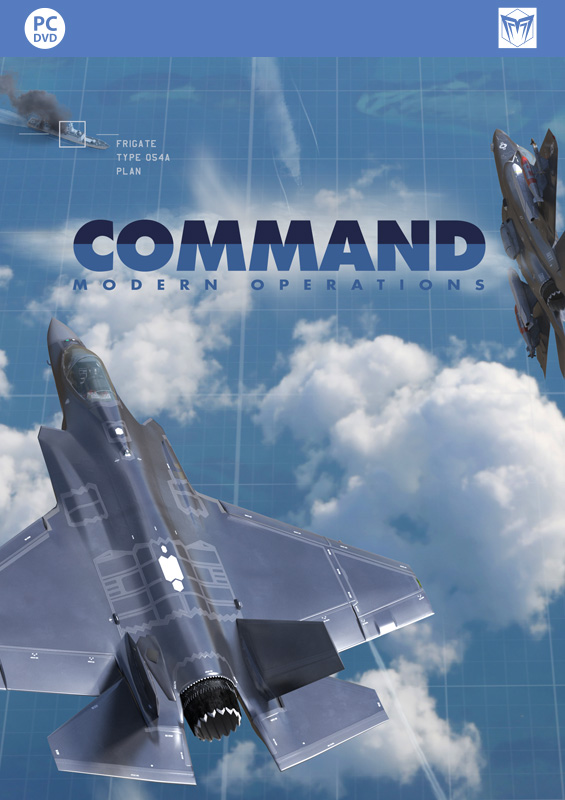Greece to procure SPICE 1000 & 2000
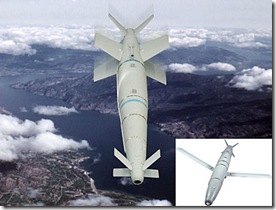 In a move that is possibly a reaction to the Turkish development of indigenous JDAM-class guidance kits, the Greek MoD announced a tender for procuring an unspecified number of SPICE 1000 & SPICE 2000 guidance kits for Mk83 and Mk84 bombs respectively:
In a move that is possibly a reaction to the Turkish development of indigenous JDAM-class guidance kits, the Greek MoD announced a tender for procuring an unspecified number of SPICE 1000 & SPICE 2000 guidance kits for Mk83 and Mk84 bombs respectively:
SPICE 2000 is optimized for launch at high speed & altitude, for maximum stand-off range. For example, when released at 42.000 ft at high subsonic speed, gliding range reaches up to 60km. The system does not perform post-launch rise prior to the terminal dive, so it is not suitable for low-level launch [e.d. other guidance kits like the Paveway-III perform this maneuver to enable low-level release]. A typical mission profile may include ingressing at low altitude and performing a steep ascend prior to launch, to maximize stand-off range.
SPICE 1000 has a different arrangement, with two fold-out wings instead of fixed trapezoidal stub-wings, which provide better glide performance and thus improved launch range.
Reportedly the launch platform for the weapon system will be the F-16C. The tender is projected to be concluded by late August.
If procured in sufficient numbers, the guidance kits should significantly improve the EPA’s ability to perform strikes against comprehensive integrated air-defense systems.
South Korea developing an ASW missile
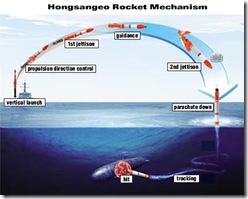 According to the Korea Times, S. Korea is developing a stand-off ASW missile similar in some respect to VL-ASROC:
According to the Korea Times, S. Korea is developing a stand-off ASW missile similar in some respect to VL-ASROC:
The state-funded Agency for Defense Development (ADD) announced Monday it has completed the development of a precision-guided light torpedo that can travel about 20 kilometers in the air before dropping into waters to track and destroy a target.
The Navy’s KDX-II/III destroyers will be equipped with anti-submarine missile, or Hongsangeo (Red Shark) torpedo beginning next year as part of efforts to beef up the country’s naval defense against North Korea, ADD officials said.
Hat tip: Kobus
Osprey in a cauldron
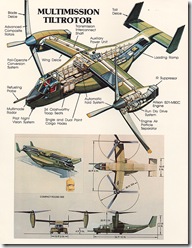 So a US congressman calls for production of the V-22 Osprey to be terminated immediately.
So a US congressman calls for production of the V-22 Osprey to be terminated immediately.
USMC generals at a congress hearing about the tiltrotor aircraft are overheard describing said hearing as “ a waste of time”, and some actually agree with them though not in the spirit intended.
Reports are out that the aircraft underperformed in its employment in combat theaters so far.
Issues have already risen about problems with its hot exhaust gases on ship decks.
While some cannot even agree on just how many aircraft were produced and delivered.
So, what’s the deal with the wonder-copter? Victim of unrealistic expectations or mismanaged program?
Russia willing for deep strategic arms reduction
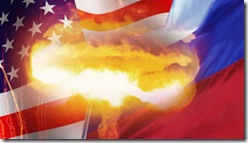 According to this Washington Post article, Russia is willing to engage in drastic reductions in its strategic arsenal as part of a START-replacement treaty with the US:
According to this Washington Post article, Russia is willing to engage in drastic reductions in its strategic arsenal as part of a START-replacement treaty with the US:
"We are ready to reduce by several times the number of nuclear delivery vehicles compared with the START-1 pact," [President Medvedev] told a news conference in Amsterdam.
"As far as warheads are concerned, their numbers should be lower than envisaged by the Moscow 2002 pact," he added.
He was referring to an interim pact called the Strategic Offensive Reductions Treaty (SORT) which commits the sides to further cuts in their arsenals to between 1,700 and 2,200 warheads by 2012.
Naturally, this Russian direction must be judged in light of the inevitable shrinkage of Russian strategic nuclear forces in the forthcoming years, as existing delivery systems (particularly ICBMs and missile submarines) reach the end of their operational lives and their replacements are produced in insufficient quantities for a 1-on-1 swap.
Progress in airborne tactical lasers
ELP points out to an interesting report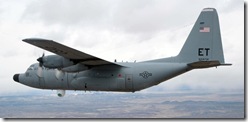 about the successful airborne tests of Boeing’s Advanced Tactical Laser:
about the successful airborne tests of Boeing’s Advanced Tactical Laser:
During the test, the specially modified 46th Test Wing NC-130H aircraft equipped with the ATL weapon system took off from Kirtland and fired its laser while flying over White Sands Missile Range, N.M., successfully hitting a target board located on the ground. ATL is equipped with a chemical laser, a beam control system, sensors and weapon-system consoles.
"We have taken technology from the laboratory to reality and have now demonstrated that directed energy is on a path toward a safe and viable option for the warfighter with very unique capabilities," said Eric Van Dorn, 413th FLTS lead flight test engineer.
ELP correctly points out both the tactical implications and also the logistics considerations:
It will be interesting to see what the cost of ownership will be if it develops into a reliable weapons system. For example not having to have munitions people and conventional munitions to support the aircraft saves many different colors-of-money in the combat theater. The reverse is true – it will be interesting what kind of field support this thing will require in a real shooting war.




